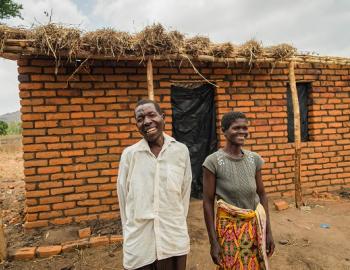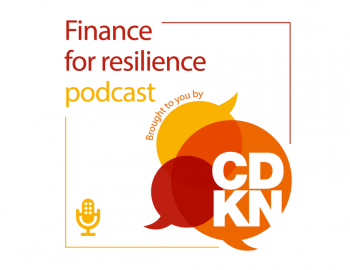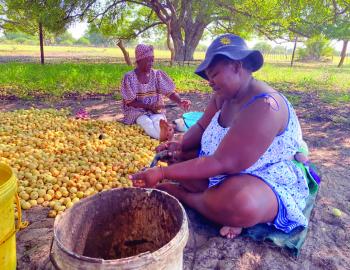REPORT: Economic impact assessment of climate change for key sectors in Nepal
REPORT: Economic impact assessment of climate change for key sectors in Nepal
Nepal is considered to be highly vulnerable to the effects of climate change. Current climate variability and extreme events are already causing major impacts and economic costs in Nepal, estimated to be equivalent to an annual cost of 1.5 to 2% of GDP. Continuing climate change will intensify these impacts, leading to potentially large additional economic costs in the future. In order to understand the future effects of climate change better and be able to respond to these climate-related risks accordingly, the study 'Economic impact assessment of climate change in key sectors in Nepal' was undertaken at the request of the Government of Nepal.
Current climate variability and extreme events already account for an estimated loss equivalent to an annual cost of 1.5 to 2% of GDP. Looking forward, the future economic costs of climate change in Nepal could be very large, equivalent to an additional 2 to 3% of current GDP/year by mid-century. Responding to these climate-related risks involves decision-making in a changing environment due to the uncertain effects of climate change.
This study estimates the potential impacts and economic costs of climate change for three major risk areas – agriculture, hydroelectricity and water-induced disasters – and identifies climate compatible development options to address them.
Agriculture: the study on agriculture focuses on the three main crops grown in Nepal – maize, wheat and rice, using a crop model. The analysis found potentially high impacts in the Terai region, especially for rice and wheat production, but a varied pattern in the hills and mountains, including some potential benefits. By the 2070s, net agricultural losses in Nepal are estimated to be the equivalent per year of around 0.8% of current GDP, or US$140 million/year in current prices. The impacts were much more severe in years of extreme rainfall variability.
Hydroelectricity: the analysis of the future impacts linked a hydrological model to a power plant and energy system model in order to understand how climate change affects dry season flows and reservoir storage recharge, and thus future electricity generation and plant investment profiles. The analysis found that the future effects of climate change on the hydroelectricity sector are potentially large but uncertain, varying by climate projection, river catchment and over time. To consider uncertainty, two alternative climate models were used. One of these models projected a decrease in dry season flows, increasing the capacity needed from the system to meet demand by an additional 2,800 MW by 2050, which increased sector investment costs by US$2.6 billion from now to 2050 in present value.
Water-induced disasters: the analysis of the future impacts of climate change on water-induced disasters focused on the change in intensity and frequency of high flow events and associated floods. The analysis found an increased risk of flood damage costs with climate change, including a higher risk of larger events. Overall, the direct annual economic costs of climate change on water-induced disasters at a national level were estimated to be an additional US$100–200 million/year or equivalent to 0.6–1.1% of current GDP per year by mid-century in current prices.
In response to these risks, the study developed an iterative adaptation pathway that starts with current climate variability and then considers future climate change and uncertainty. The study identified immediate options to address the current adaptation deficit, with a focus on ‘low and no regret’ options.
Many of these options are included in existing policies and programmes, or have been identified as priorities for early adaptation. A priority is to scale these up and address the barriers to wider implementation. The study identified that a major increase in investment is needed in the three areas assessed, estimated at US$2.4 billion by 2030 (present value). The next step is to build detailed sector investment plans to mainstream implementation.
Conclusions from the report:
- Nepal suffers high economic costs due to current climate variability and extremes: the estimated direct cost of these impacts is equivalent to 1.5–2% of current GDP/year and is much higher in extreme years, rising to 5% or more. This is high by international levels. Consideration of the additional indirect and macro-economic costs of these impacts could increase estimates by 25–100%.
- Future climate change is likely to increase current impacts and lead to additional future costs: overall, the study concludes that the economic costs of climate change in Nepal for these three sectors could be equivalent to 2–3% of current GDP by mid-century. This is large enough to prevent Nepal achieving key growth and development objectives.
- Adaptation can reduce these impacts, but requires an iterative approach: the additional investment to build resilience in current/future plans in the three sectors (agriculture, hydroelectricity and water-induced disasters), from now to 2030, was estimated at a total of US$2.4 billion.
Download the summary report here and the shortened summary policy brief here.
For further information, please contact: Ms. Prabha Pokherel
Image credit: Neil Palmer/CIAT



